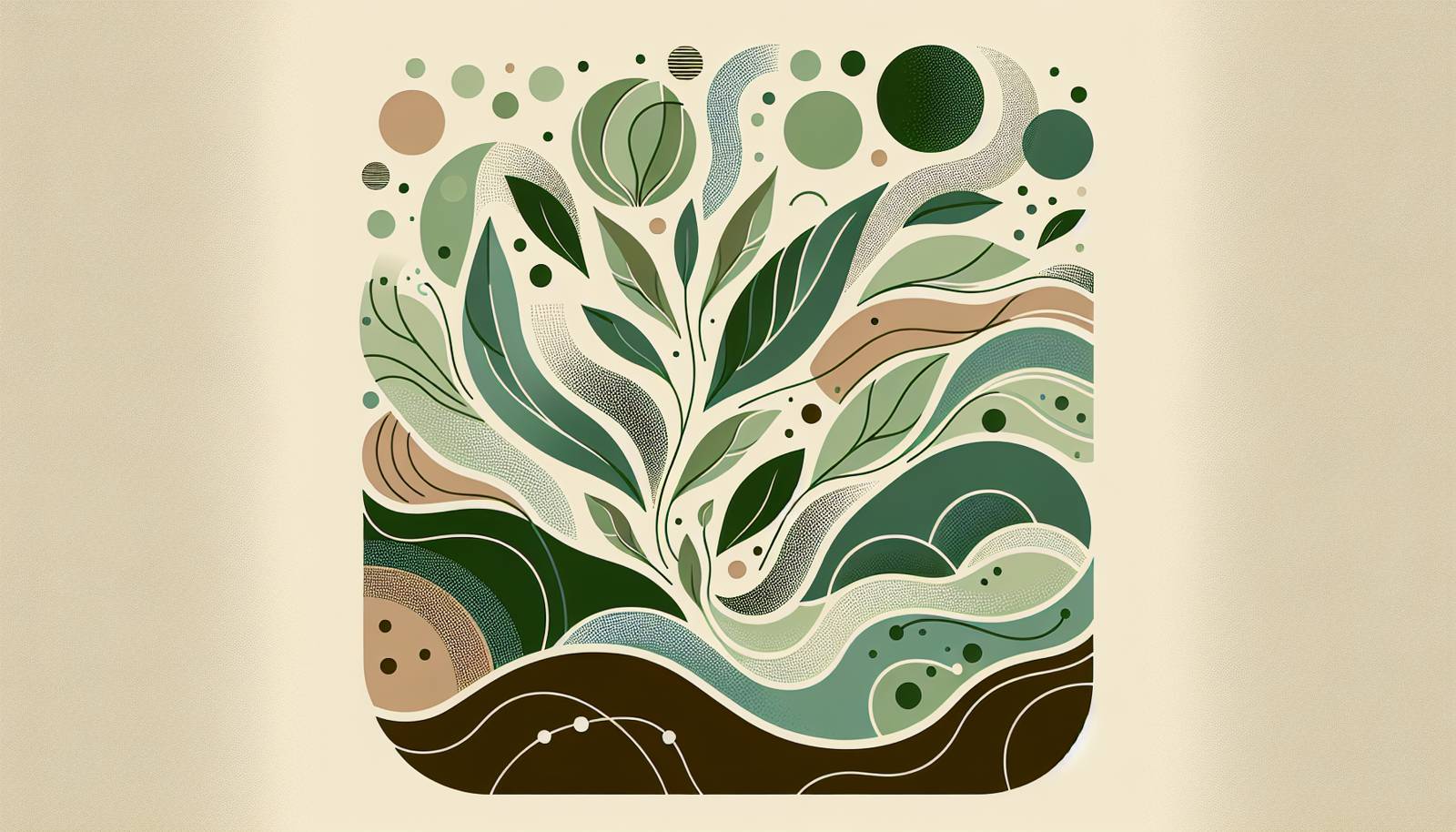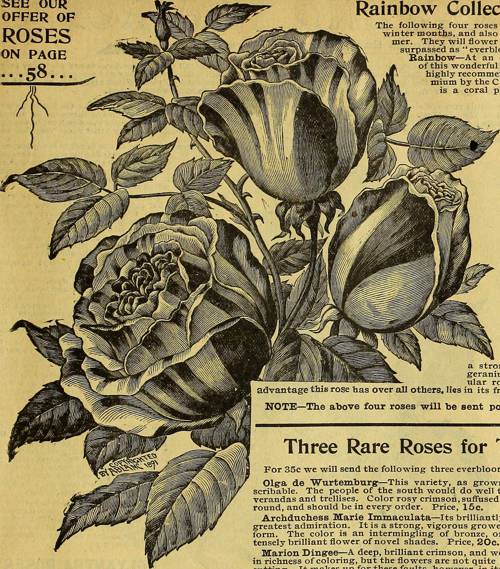
FAQ About Propagating Indoor Plants via Seeds

What is seed propagation for indoor plants?
Seed propagation is the process of growing new plants from seeds. This method is often used for indoor plants to cultivate fresh growth, experiment with different plant varieties, or simply enjoy the gardening experience. It involves several steps including preparing seeds, sowing them, and nurturing the seedlings as they grow.

What types of indoor plants can be grown from seeds?
Many indoor plants can be propagated from seeds. Common examples include herbs like basil and cilantro, leafy greens such as lettuce and spinach, and flowering plants like petunias and marigolds. Some houseplants, like spider plants and jade plants, are also suitable for seed propagation.

How do I prepare seeds for indoor plant propagation?
Preparing seeds typically involves cleaning them to remove any residue and soaking them in water for a few hours to a day to soften the seed coat and promote germination. In some cases, seeds may require stratification (cold treatment) or scarification (scratching the surface) to enhance germination rates.

What are the ideal conditions for seed germination indoors?
Seeds generally require a warm, moist environment to germinate. Temperatures between 65°F and 75°F (18°C and 24°C) are ideal for most seeds. Light levels should mimic the natural habitat of the plant, with some seeds requiring darkness while others need light. Maintaining consistent moisture without waterlogging is also critical.

How long does it typically take for seeds to germinate indoors?
The germination time for seeds varies depending on the plant species. Generally, it can take anywhere from a few days to several weeks. For instance, herbs like basil may germinate in 5-10 days, while some flowering plants like delphiniums might take several weeks to sprout.

Should I use a seed-starting mix or regular potting soil for indoor seeds?
A seed-starting mix is recommended for propagating seeds indoors. These mixes are lighter and have finer textures compared to regular potting soil, which helps retain moisture and enhances aeration around the seeds. They are also often sterile, reducing the risk of diseases that can hinder seedling growth.

How often should I water seedlings once they have germinated?
Once seedlings have germinated, it’s important to keep the soil consistently moist but not waterlogged. Water the seedlings gently and monitor the moisture levels closely, adjusting as necessary based on the temperature and humidity of your indoor environment. This usually means watering every few days as a general guideline.

What lighting conditions are best for newly germinated seedlings?
Most seedlings require bright, indirect light to thrive, as this simulates natural sunlight without the risk of scorching. A south-facing window is ideal, but if natural light is insufficient, use grow lights positioned about 2-4 inches above the seedlings to provide the necessary illumination for healthy growth.

Why are my indoor seeds not germinating?
Several factors can impede seed germination. These include incorrect temperatures, insufficient or excessive moisture, old or non-viable seeds, and improper planting depth. Reviewing these conditions and making adjustments can help improve germination success.

Is it necessary to cover seeds with soil when planting indoors?
Whether seeds should be covered with soil depends on the plant species. Some seeds require light to germinate and should be sown on the surface, while others need to be covered lightly with soil. Always refer to the seed packet instructions for specific guidance.

How do I prevent mold from growing on seed-starting trays?
Mold growth on seed trays can be minimized by providing adequate airflow and avoiding overwatering. Use a fan to ensure good air circulation and water the soil only when it begins to dry out slightly. Sterilizing both tools and containers before use can also help prevent mold issues.

Can I propagate succulents from seeds indoors?
Yes, succulents can be propagated from seeds indoors, although this process tends to be slower compared to other plants. Succulent seeds require warm temperatures and plenty of light to germinate, and patience is essential as growth can be gradual.

What is the best time of year to start seeds indoors?
The best time to start seeds indoors often depends on the plant type and your local climate. Generally, late winter to early spring is ideal for many indoor plants, as this timing aligns with the natural growing seasons and provides optimal light and temperature conditions.

How do I know when to transplant seedlings to bigger pots?
Seedlings are generally ready to be transplanted when they develop their first set of true leaves, usually after the initial cotyledon leaves. This growth indicates they have established a modest root system and need more space to grow and access additional nutrients.

What should I do if my seedlings are bending towards the light?
Seedlings bending towards light, a phenomenon known as phototropism, indicate they are searching for more light. Rotate the containers every few days to promote even growth, or ensure that your light source covers a larger area to prevent seedlings from leaning excessively.

How can I fertilize young seedlings indoors?
Young seedlings can benefit from a diluted, balanced liquid fertilizer. Start feeding once the seedlings have developed true leaves, using a fertilizer at half the recommended strength every 2-4 weeks to promote healthy growth without the risk of burning delicate roots.

What is damping-off and how can I prevent it in seedlings?
Damping-off is a common fungal disease that affects seedlings, leading to rotting at the base of the stem. To prevent damping-off, use sterile potting mix, avoid overwatering, and ensure good air circulation around seedlings. Neem oil or chamomile tea can also be used as natural anti-fungal treatments.

Can I reuse soil from a previous seed-starting to grow more indoor plants?
Reusing soil from previous seed-starting can lead to potential disease problems. It’s advisable to use fresh soil for each new batch of seeds. If you must reuse soil, sterilize it by baking it in the oven at 180°F (82°C) for 30 minutes to kill any pathogens and pests.

How do I store seeds that I don't use right away?
Store unused seeds in a cool, dry place. Use airtight containers or envelopes and keep them in the refrigerator to extend longevity. Ensure seeds are kept away from moisture and light to prevent them from prematurely germinating or losing viability.

What are cotyledon leaves, and why are they important?
Cotyledon leaves, also known as seed leaves, are the first leaves that appear on a seedling. They are crucial as they provide the initial nutrients required for plant growth before true leaves develop, allowing the seedling to start photosynthesis efficiently.
